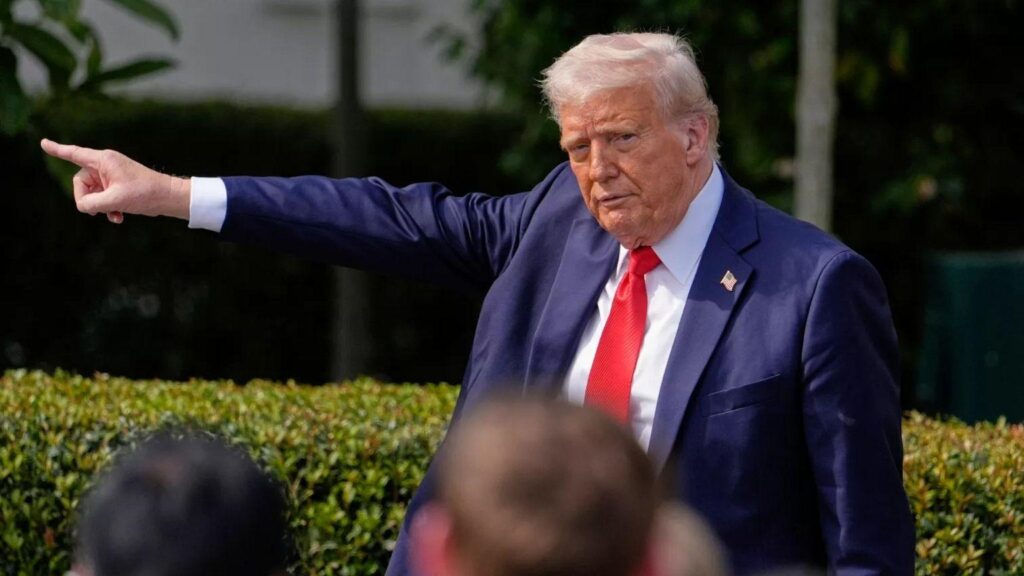Title: Economic Promises of Trump: A Journey of Expectations and Reality
During the whirlwind of the 2016 presidential race, Donald Trump made a bold commitment to revitalize the American economy starting from his first day in office. With his rallying cry “Make America Great Again,” he inspired voters with promises to generate jobs, reduce taxes, and ignite economic growth. Now, nearly four years into his presidency, many Americans are left pondering whether these pledges have materialized into real change or if they remain mere echoes of a campaign trail. As the country faces challenges such as an unstable job market, escalating inflation rates, and growing economic anxiety, scrutiny over Trump’s economic strategies has intensified. This article examines the current state of the economy while evaluating how closely it aligns with Trump’s initial promises and capturing public sentiment in a nation still waiting for promised prosperity.
Evaluating Trump’s Economic Commitments Since Taking Office
The ambitious economic commitments made during Trump’s administration were extensive. From day one, he vowed to create millions of new jobs while cutting taxes for middle-income families and promoting job growth through deregulation. His campaign highlighted several key initiatives:
- Corporate Tax Cuts: Designed to encourage business investments.
- Infrastructure Revitalization: Promises aimed at modernizing America’s infrastructure.
- Trade Agreement Revisions: Plans to renegotiate trade deals for better outcomes for American workers.
A deeper analysis reveals a significant disparity between these ambitious goals and actual results. While there was an initial uptick in job creation figures, many workers have yet to experience substantial wage increases or long-term employment security. Currently available data shows fluctuating economic growth rates compounded by challenges such as trade tensions and disruptions from global events like pandemics. The table below summarizes critical economic indicators throughout Trump’s presidency:
| Year | % GDP Growth | % Unemployment Rate | # Job Growth (in thousands) |
|---|---|---|---|
| 2017 | 2.4% | 4.4% | 2,055 |
| 2018 | 2 .9 % td >< td >3 .9 % td >< td > 2 ,686 td > tr >< tr >< td > 2019 td >< td > 2 .3 % td >< td >3 .7 % td >< th > 2110< / th > tr > | ||
|
2020 | -3 .4 % | 8 .1 (peak) | -9 ,372 |
| Business Challenge | Impact |
|---|---|
| Accessing Capital | Midsize companies report difficulties securing loans along investment avenues. |
| The costs associated with compliance divert funds away from innovation efforts. | |
| h1>
< br/>as we approach three years into Donald Trump’s presidency—it becomes evident that initial assertions regarding bolstering America’s economy have yielded mixed results prompting skepticism among citizens concerning effectiveness policies implemented thus far |
|---|
